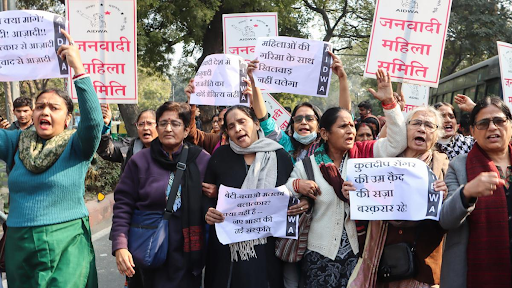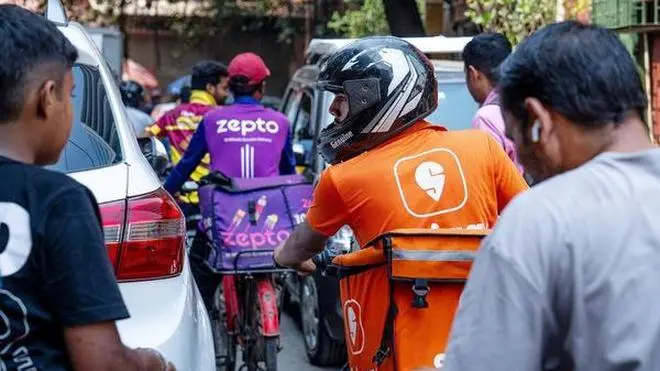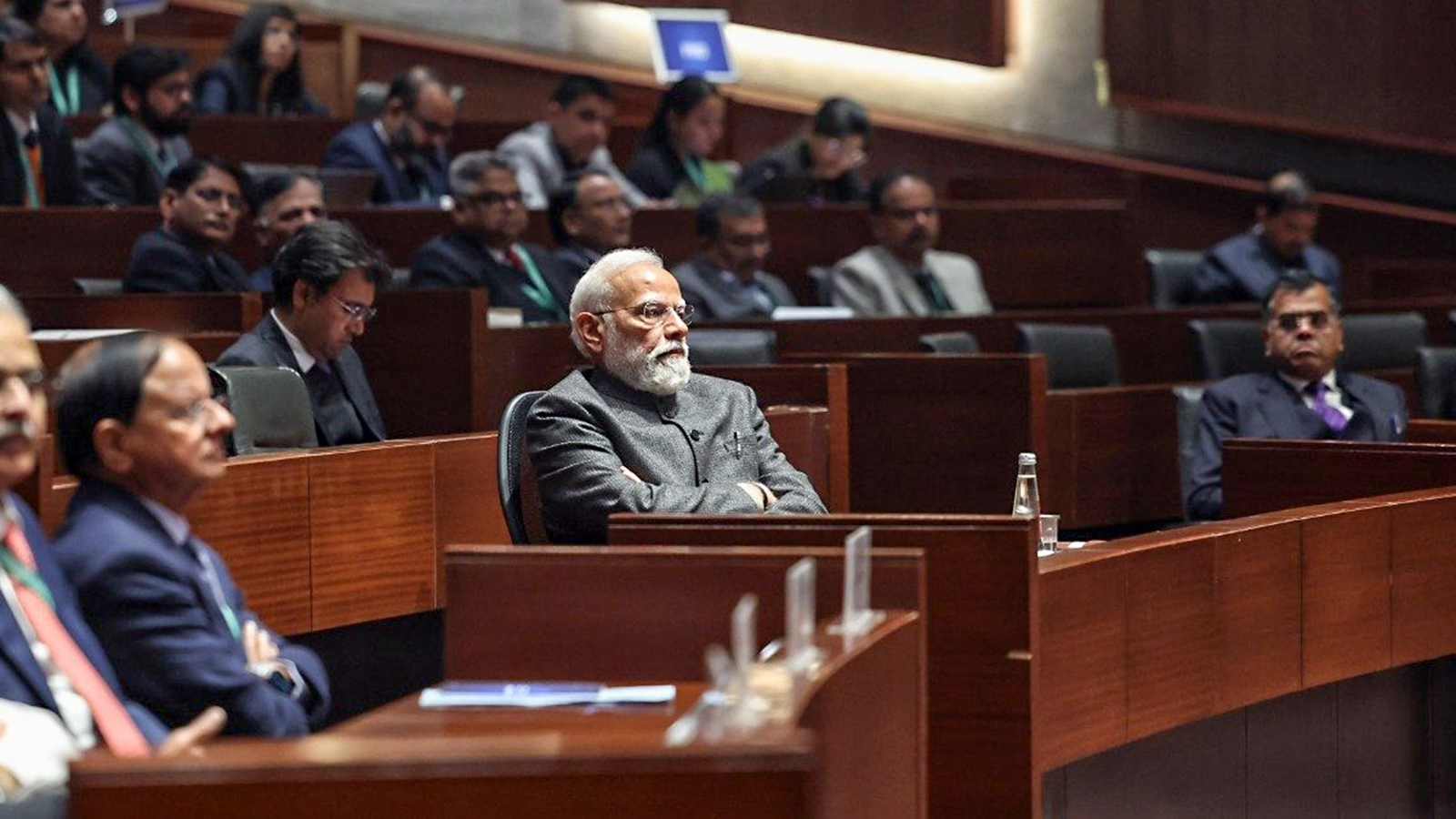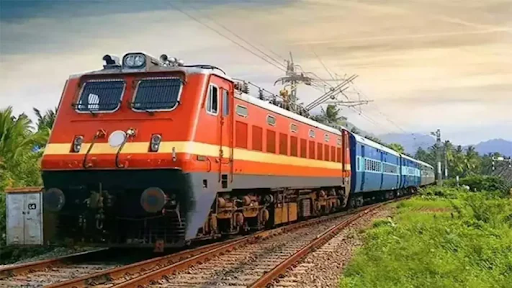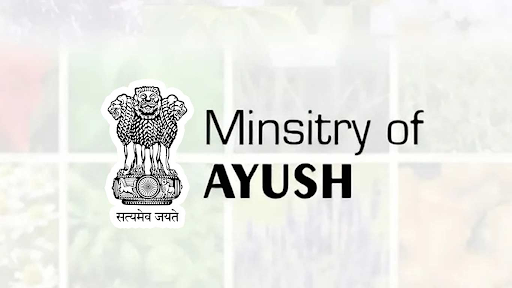Description
.jpg)
Disclaimer: Copyright infringement not intended.
Context
- Shri AS Rajeev has been appointed as Vigilance Commissioner in the Central Vigilance Commission.
All about the Central Vigilance Commission (CVC)
About
- The Central Vigilance Commission (CVC) is an apex governmental body in India that is responsible for promoting integrity, transparency, and accountability in the country's public administration.
Establishment
- It was established in 1964 as a result of the recommendations of the Santhanam Committee on Prevention of Corruption.
Type of Body
- The Central Vigilance Commission is an autonomous body.
Functions:
- The primary role of the CVC is to oversee vigilance administration in the Central Government and advise various authorities in planning, executing, reviewing, and reforming their vigilance work.
- It also acts as the apex body for the implementation of the Prevention of Corruption Act.

Jurisdiction:
- The CVC exercises jurisdiction over the members of all-India services, officers of the Central Government, and employees of public sector undertakings, corporations, bodies, or institutions owned or controlled by the government.
- The CVC is not an investigating agency: the only investigation carried out by the CVC is that of examining Civil Works of the Government.
- Corruption investigations against government officials can proceed only after the government permits order.
Acts from which CVC derives its jurisdiction
- Under the CVC Act 2003, the Commission has authority over members of the All India Service, Group A officers of the Central Government, officers of specified ranks in Public Sector Banks, Reserve Bank of India, NABARD, SIDBI, and executives of specified ranks in Public Sector Undertakings and insurance companies.
- The Lokpal and Lokayuktas Act, 2013 amended the CVC Act, 2003, enabling the CVC to conduct preliminary inquiries into complaints referred by the Lokpal against officers and officials of Group 'B', 'C', and 'D', in addition to Group 'A' officers.
- The Whistleblowers Protection Act, 2014 empowers the CVC to receive complaints regarding corruption or misuse of power against any public servant, conduct inquiries into such disclosures, and provide safeguards against victimization of the complainant.
|
Recent Reforms in CVC:
In April 2021, the CVC revised guidelines for the transfer and posting of officials in government organizations' vigilance units, limiting their tenure to three years at one place. Personnel who have served more than five years in the same place should be transferred on a priority basis.
|
Amendment
- The 1998 Ordinance granted statutory status to the CVC and gave it authority to supervise the Delhi Special Police Establishment.
- It also empowered the CVC to review the progress of investigations into alleged corruption cases under the Prevention of Corruption Act, 1988.
Powers:
- The CVC has the power to inquire or cause an inquiry or investigation to be conducted into any transaction in which a public servant is suspected or alleged to have acted for an improper purpose or in a corrupt manner.
Reports:
- The Commission submits its report to the President of India, who places it before both Houses of Parliament.
Composition and Appointment:
- The CVC consists of a central vigilance commissioner and not more than two vigilance commissioners.
- They are appointed by the President of India on the recommendation of a committee consisting of the Prime Minister, the Minister of Home Affairs, and the Leader of the Opposition in the Lok Sabha.
Member removal:
- Can only be done by President for proved misbehavior or incapacity after Supreme Court inquiry.
Suspension:
- President can suspend from office and prohibit attendance during inquiry until Supreme Court report.
Grounds for removal:
- Central Vigilance Commissioner or Vigilance Commissioner can be removed if:
- Adjudged insolvent,
- Convicted of an offense involving moral turpitude,
- Engages in paid employment outside office duties,
- Unfit to continue due to infirmity of mind or body,
- Acquires financial or other interests likely to affect functions.
Limitations of CVC (Decried as a “toothless tiger")
- Advisory role (Limited Authority): CVC can only advise; Central Government Departments can accept or reject its advice.
- Resource limitations: CVC has limited resources compared to the number of complaints it receives, with a small staff strength of 299 for overseeing more than 1500 Union departments and ministries.
- CBI inquiries: Previously, CVC could not direct CBI to initiate inquiries against officers of Joint Secretary level and above without department permission. This provision was declared unconstitutional by the Supreme Court in 2014.
- No Power to Register Criminal Cases: CVC cannot register criminal cases, dealing only with vigilance or disciplinary cases.
- Limited Supervisory Powers over CBI: CVC has supervisory powers over CBI but cannot call for files or direct investigations. CBI is administratively controlled by the Department of Personnel and Training (DoPT).
- Appointment process: Appointments to CVC are indirectly controlled by the Union government, with the committee to select CVC and VCs only considering candidates put forward by the government, despite including the Leader of the Opposition.

Way Ahead
- Establish a formal mechanism for communication and coordination between the CVC and other oversight bodies like the Comptroller and Auditor General (CAG) and the Public Accounts Committee (PAC).
- Address the time lag between the CAG's reports and the PAC's deliberations by streamlining processes and expediting investigations.
- Cases questioning integrity of public officers should be transferred to CVC for concurrent inquiry.
- Criminal proceedings against Class I central government officers should be referred to Lokpal.
- Complaints can be delegated to vigilance officers or competent authorities.
- CVC should focus on preventive mechanisms to curb corruption.
- Specialized wing in CVC to study decision-making processes in corruption-prone ministries.
- Public procurement and allocation of public assets need comprehensive reform.
- CVC should operate transparently, disclosing statistical details to the public.
- Requests for prior sanction should be publicly displayed, and people should know about the integrity of public officers.
- Increase the CVC's oversight capabilities by enhancing its investigative powers and resources.
- Establish a specialized wing within the CVC to study decision-making processes in corruption-prone ministries and departments.
- Focus on preventive mechanisms to curb corruption, including regular audits and training programs.
- Strengthen mechanisms to protect whistleblowers who report corruption or misconduct to the CVC.
- Ensure a more transparent and independent appointment process for the CVC, reducing government influence and ensuring the selection of competent and impartial individuals.
- Empower the CVC to register criminal cases, expanding its role beyond vigilance and disciplinary matters.
- Provide the CVC with additional resources, including staff and funding, to effectively handle the large number of complaints it receives.
- Allow the appointment of retired employees with credibility to conduct inquiries, approved by the CVC, to expedite departmental inquiries and reduce workload on current employees.
- Ensure the CVC's physical presence and awareness programs reach remote parts of the country to improve vigilance and integrity across all regions.
- Consider enhancing the CVC's role in overseeing the selection of contractual bids to ensure transparency and fairness.
|
PRACTICE QUESTION
Q. The Central Vigilance Commission (CVC) has often been referred to as a 'toothless tiger' in the fight against corruption. Discuss the challenges faced by the CVC in fulfilling its mandate and suggest reforms to enhance its effectiveness.
|




.jpg)
.jpg)

